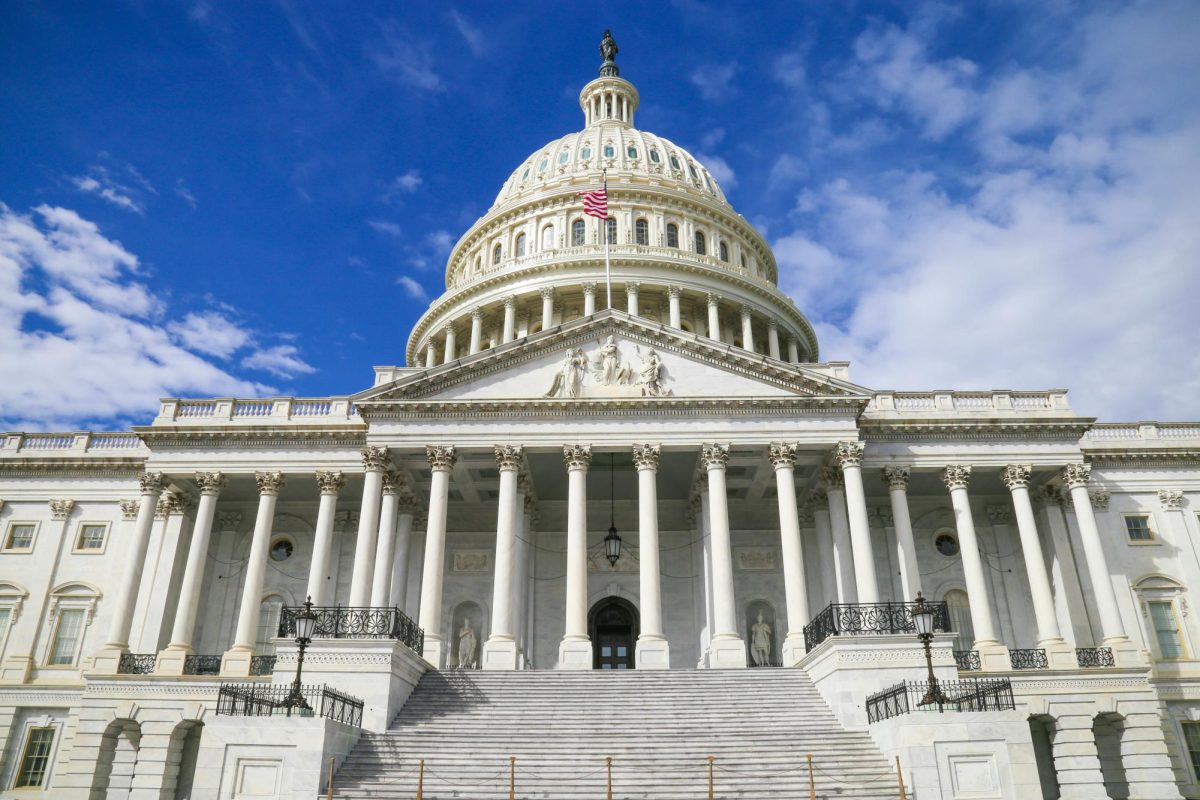On Oct. 1, 2025, the United States saw another government shutdown. This happened because of congressional gridlock. Essentially, Congress was unable to pass legislation needed to fund programs for the fiscal year 2026.
This is not the first time a government shutdown has occurred in the United States. The last government shutdown stretched from the end of 2018 to the beginning of 2019 and lasted a total of 35 days. The current government shutdown has already hit the three-week mark as the Senate has failed to advance the funding bill for the eleventh time. This has raised concerns about how long the government shutdown will last.
“It will last at least 35 days,” senior Rayaan Meghani. “The last one was longer, but this time there’s more power concentrated in the executive branch, and Congress has gotten slower each year.”
Students have come across the news of the government shutdown in a variety of ways. Social media and news headlines are some of the most common ways students found out about the shutdown. But others found out in unique ways.
“I found out about it from a news article, and my English teacher put the news on the slideshows she showed us, so she educated me about it,” sophomore Shriya Desikan said.
Under the government shutdown, government workers are facing difficult conditions. Workers are divided into two categories by government agencies: essential and non essential. The workers who are deemed essential continue to work while those who aren’t are put on unpaid leave.
“They’ll definitely face a lot more hardship now, and it could even push a lot of them into poverty since the job market isn’t very forgiving, meaning there isn’t really a way out,” Meghani said.
Crucial services like Medicare and Social Security are still active; however, many workers are quitting their jobs because of the financial instability of working for the government. This makes these essential governmental services slower, which temporarily increases the backlog and reduces the effectiveness of these services.
“It will [compromise these services] especially if they’re understaffed,” Desikan said. “That means fewer people are able to get the Social Security and Medicare that they need, so both the services will end up becoming less active.”
Although the government shutdown seems distant to a lot of students, it impacts seniors planning to pursue higher education. Although higher education financial aid programs such as FAFSA still remain open, they have been significantly slowed down. Things like the processing of loans, customer service and updates, and other similar services will be backlogged and slowed down.
“This will probably affect services like FAFSA and especially student aid,” junior Samantha Luo said. “This impacts students because those who need financial aid from the government won’t be able to get that in time, and therefore they probably won’t be able to [afford] the college they want.”
It isn’t simply seniors who are impacted; however, government funding and grants for federally run educational programs also stand to be compromised under the shutdown.
“Students are going to get worse funding for certain educational programs, and some schools are also probably going to lose a lot of funding,” Meghani said.
It has now been 38 days since the beginning of the government shutdown. The general public opinion is for the government shutdown to end soon because of the inconveniences in everyday life, such as flight delays and slow processing of government functions.
“I hope our government comes back,” Desikan said.



